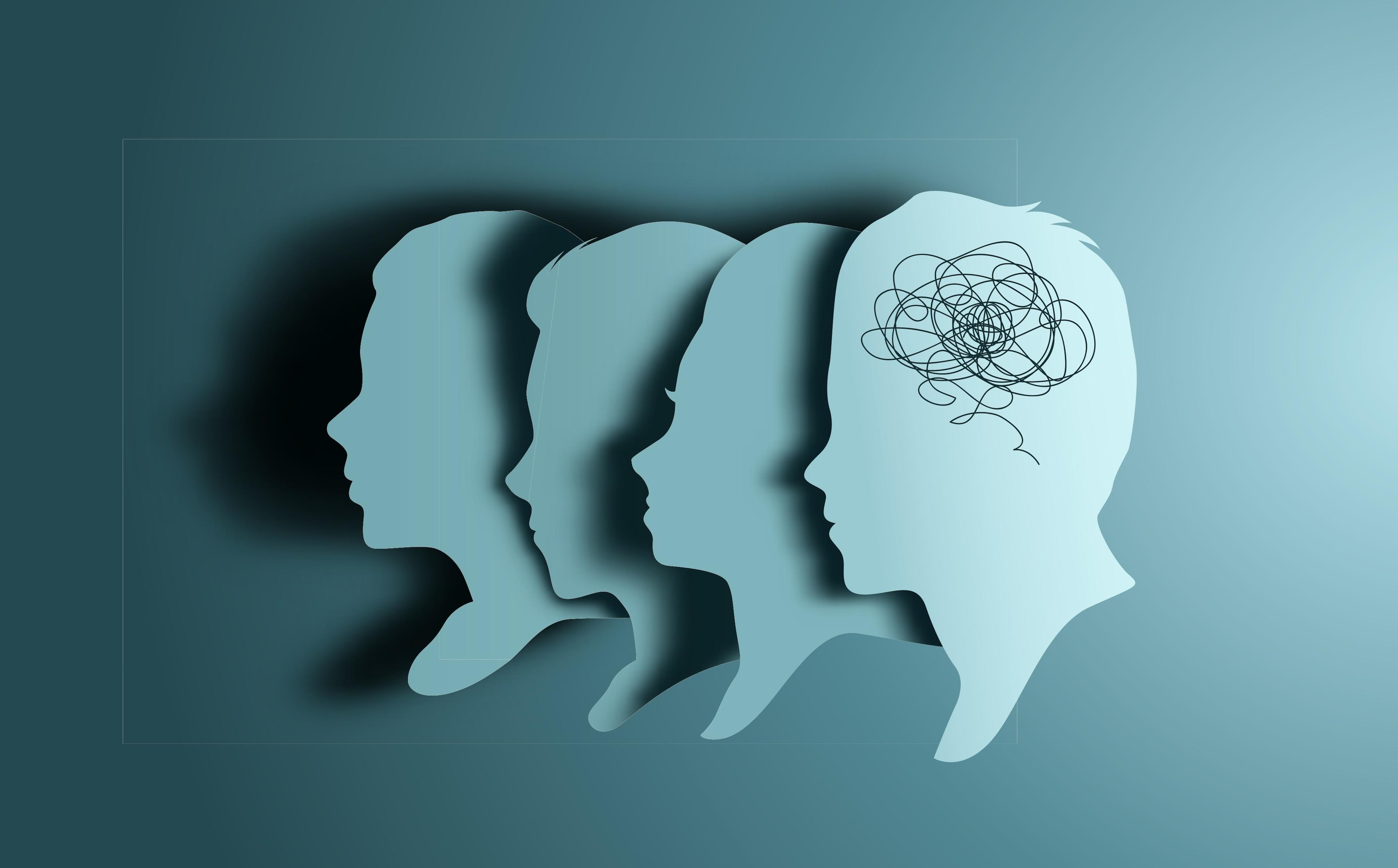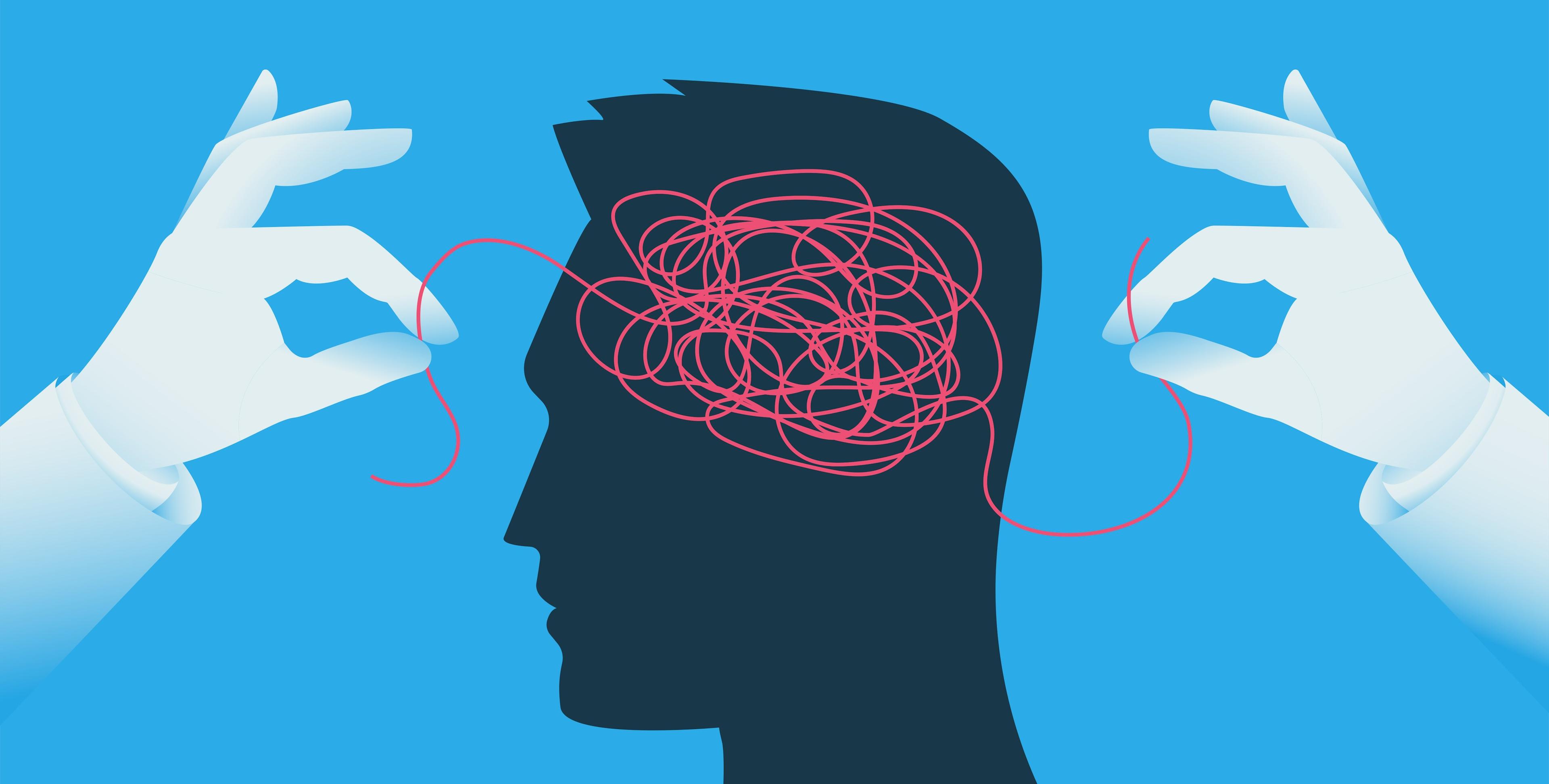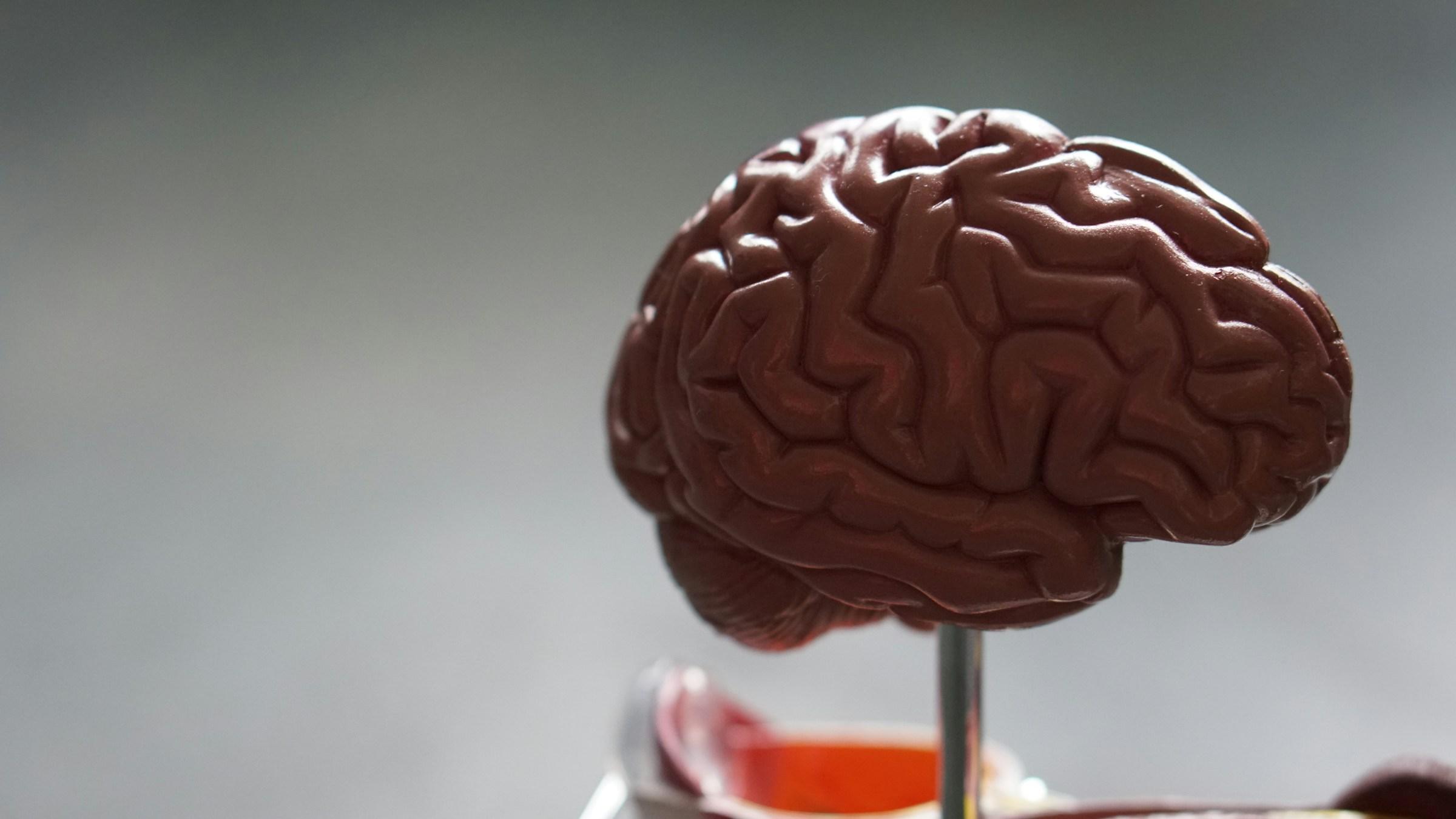We talk about productivity as if it were a sport, then wonder why names slip and focus frays by Thursday. The quiet culprits behind this drain are rarely dramatic. They are routine, ordinary, and woven into how we live and work. Brain aging does not appear as a cliff. It arrives as a slow slope that steepens when daily habits nudge biology in the wrong direction. Understanding these nudges matters because the mind is not a fixed asset. It is a living system that thrives when rhythm, fuel, rest, and connection line up.
Sleep sits at the heart of this system. Not the all-night marathon that everyone recognizes as reckless, but the small nightly debts that feel harmless. Twenty minutes lost here, forty there, a late scroll that steals deep sleep at the exact window when the brain cleans house. During slow wave sleep the brain consolidates memories, prunes the irrelevant, and resets emotional tone. When alarms cut into that stage, filing is left unfinished. You do not wake up ill. You wake up slightly less precise, more forgetful with names, and a little shorter in patience. It feels like busyness, yet the biology looks like the earliest form of cognitive wear.
Chronic stress has a similar texture. Pressure used to come in spikes, followed by recovery. Today it hums in the background. Threads never close, pings multiply, and the body never receives a clear signal that the threat has ended. The chemistry of stress is designed for bursts. Keep it switched on and it turns sticky. Over months and years, that chemical stickiness narrows the hippocampus’ bandwidth for making new memories, and attention begins to drift. On paper you are doing more than ever. In practice you are thinking with a nervous system that is overclocked and under restored.
Food culture adds its own quiet pull. Ultra processed snacks are friendly to commutes and meetings, which makes them easy to overuse. The issue is not one cookie. It is the daily blood sugar rollercoaster that follows quick carbohydrates. Sharp rises produce sharp falls, and the brain, which runs best on steady fuel, responds with afternoon fog, irritability, and cravings that feel like character flaws. Repeat the pattern often enough and low grade inflammation settles in. The result is not a headline disease. It is a steady trimming of mental edge that many people accept as normal adulthood.
Movement once lived inside every chore. Digital life removed much of that built in activity and replaced it with reminders to stand. The signal our muscles send during sustained movement does more than tune the body. It talks to the brain through blood flow, neurochemical messengers, and the growth factors that support new connections. Sit long enough and circulation slows, mood slips, and attention starts to fray. You do not notice it across a day. You notice it across a season, when the week feels heavier and creative work feels a little further away.
The air we breathe matters too. Fine particles do not announce themselves, yet they cross defenses and set off inflammatory pathways that have cognitive consequences over time. A single commute does not age a mind. Years of exposure do, especially when paired with poor sleep and high stress. The effect is subtle. Mental stamina thins. Caffeine covers the surface and leaves the core untouched. People call it getting older. Sometimes it is simply an environment that keeps asking the brain to defend rather than learn.
Hearing health is another quiet factor. Many of us put earbuds in before breakfast and remove them only for sleep. When hearing becomes slightly muffled, the brain spends extra energy decoding speech that once felt effortless. That constant extra effort is invisible. It draws power from memory and attention in small daily increments. Over the long run, unaddressed hearing strain looks like cognitive aging. Because it does not feel like a brain problem, people delay support and donate clarity they could have kept.
Alcohol complicates the story in a social way. Light drinking does not look dangerous, which makes routine drinking easy to rationalize. The brain does not protest during the evening. It registers the cost during the night. Sleep becomes lighter, recovery gets clipped, and the machinery of memory never reaches full capacity. The next day brings a body that looks fine and a mind that works below potential. Jokes about feeling older after a weekend land because they are close to how the system actually responds.
Loneliness stays mostly off camera. Feeds show groups and dinners. Real life for many people contains long stretches without reliable conversation or shared effort. Social connection is not a personality add on. It is a biological input that keeps cognitive decline at bay by challenging the mind to read cues, negotiate meaning, and build stories. When isolation grows, the brain reads it as a threat, conserves energy, and narrows curiosity. Learning slows. Risk tolerance falls. You appear fine in photos, yet your cognitive range has quietly shrunk.
Small head injuries do not fit the image of careful adult life, but they happen on bikes, on courts, and in minor accidents that feel too small to mention. A single mild injury followed by full recovery is one thing. Repeated knocks, even when separated in time, add up. The brain has a long memory for mechanical insult. Add those impacts to poor sleep, high stress, and low movement, and resilience thins. There is rarely a dramatic turn. There is a subtle accumulation that makes thinking feel slightly less fluid than it used to.
Two quiet medical numbers matter more than most people want to admit. Blood pressure and blood sugar tend to drift upward with age and lifestyle, then stay unmeasured in people who feel young online. Hypertension narrows options inside the brain by hurting small vessels long before it shows up as a diagnosis. Poorly controlled diabetes does similar harm through metabolic pathways that sound technical and feel like reduced mental edge. These are not moral issues. They are maintenance problems that reward attention and punish neglect.
Oral health rarely trends, but the gums are a major channel for inflammation. Chronic gum disease sends signals the brain interprets as stress. The mechanism is plain. The consequence is not. When the immune system spends resources on a constant low grade fight, the mind has less to spend on plasticity and learning. The mirror shows a neat smile. The chemistry tells a more complicated story.
Attention culture plays its own trick by turning our days into streams of micro tasks. Tab stacks, half watched videos, and constant context switching make the brain sprint in place. Switching is possible, but each switch carries a fee. Pay that fee all day and the gears wear. Over months the habit of skimming begins to look like the inability to read deeply. People blame themselves for weak discipline, yet the schedule is engineered to fragment focus and harvest reaction.
Even light becomes a character when the day is spent indoors. Morning sunlight calibrates the body clock in ways that indoor lighting cannot. Late bright light at home pushes sleep back. Flat office light blurs the signal that tells hormones when to rise and fall. The brain wants a clear dawn and a clear dusk. When those cues fade, circadian timing drifts. Sleep shifts, appetite changes, and memory follows. No one notices on a Tuesday. Everyone notices by the quarter.
Threaded through all of this is identity. Many of us measure worth by the volume of work we can carry. We push and perform and call it resilience. The brain listens and cooperates until it begins to budget energy like a cautious accountant. Words slow. Names slip. Patience shortens. It looks like aging. Often it is a nervous system asking for a different script, one that trades performative endurance for steady recovery.
None of these triggers arrive with flashing lights. They hide inside habits that look modern, ambitious, and connected. They collect slowly and compound like interest. The early signs look like small compromises that feel ordinary. Fewer books finished. More tabs open. A standing plan with friends that keeps getting postponed. Naming these patterns does not solve them, yet it offers a map. With a map you can change the route. You can protect sleep with boring rituals that work, defend movement with appointments that feel non negotiable, eat for steady fuel rather than short fireworks, and step outside early enough to give your clock a clear anchor. You can test your hearing, your blood pressure, and your blood sugar before they become stories you cannot rewrite. You can treat conversation as care, not as a luxury to be delayed.
The brain is not a passive object that time sculpts at will. It is a responsive organ that answers to signals. Modern life sends mixed messages. With attention and practice, we can change those messages. The mind will not stop aging, but it will age with more grace when the daily inputs tell it to grow, repair, and connect rather than merely endure.




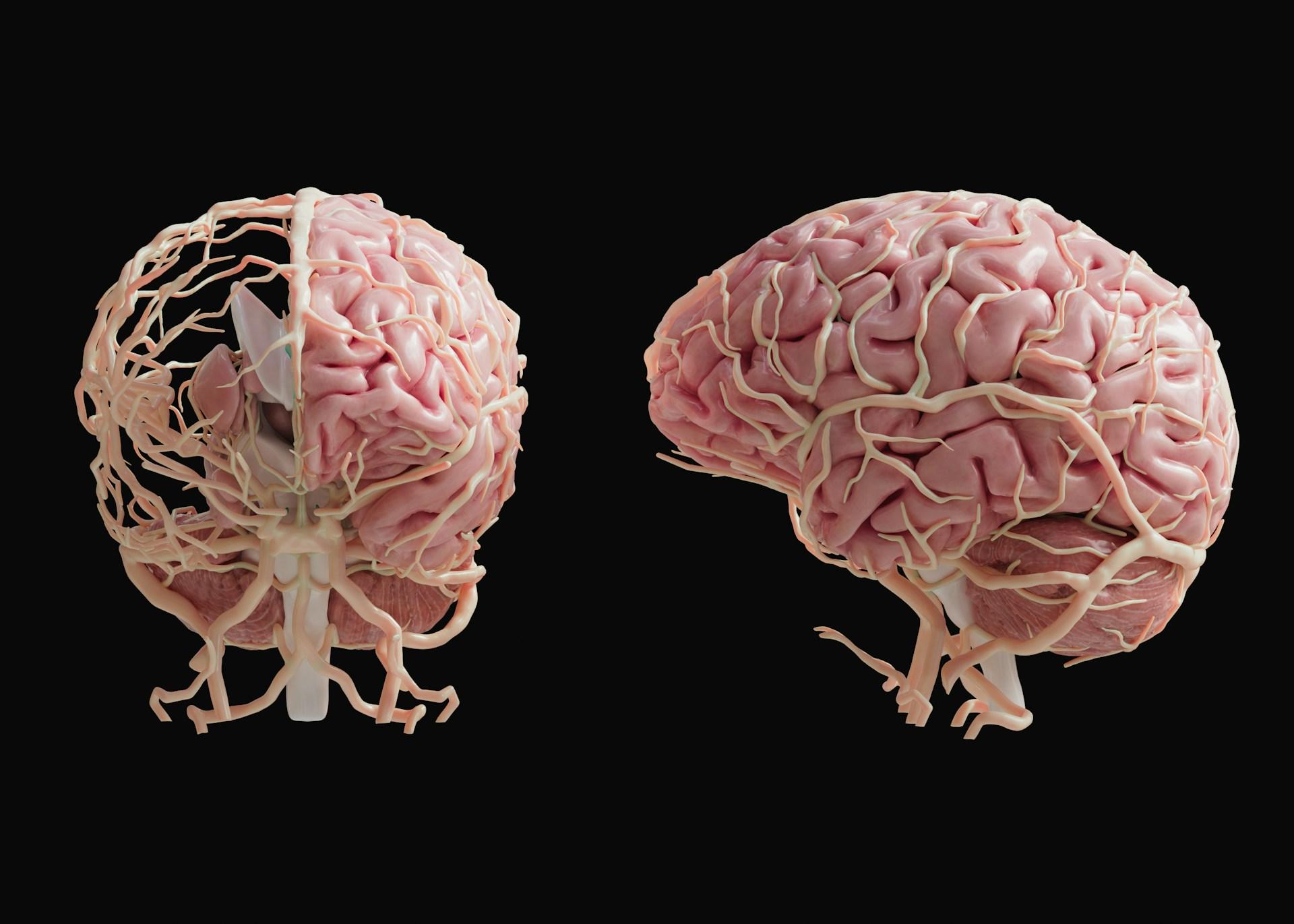
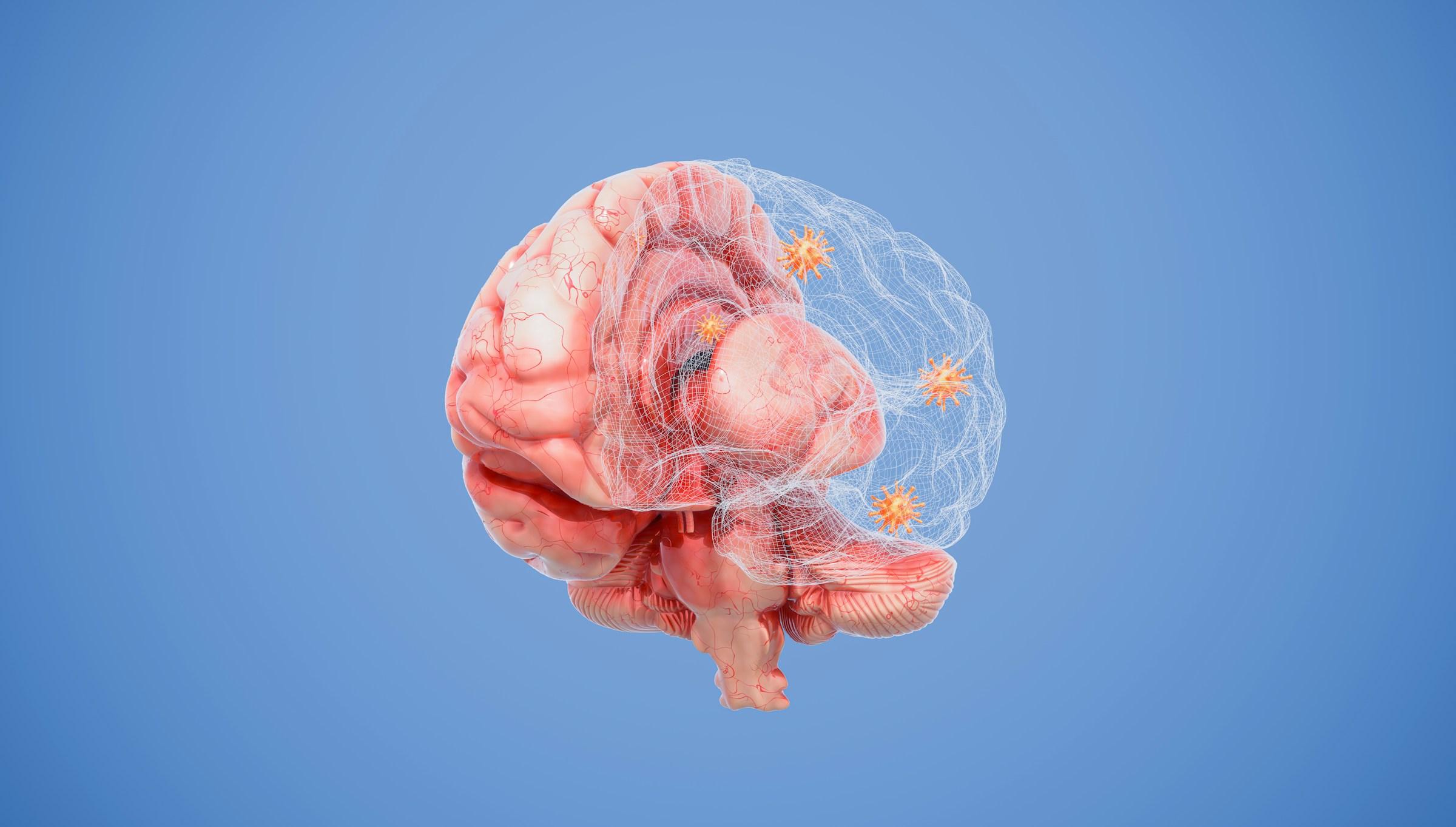




.jpg&w=3840&q=75)
